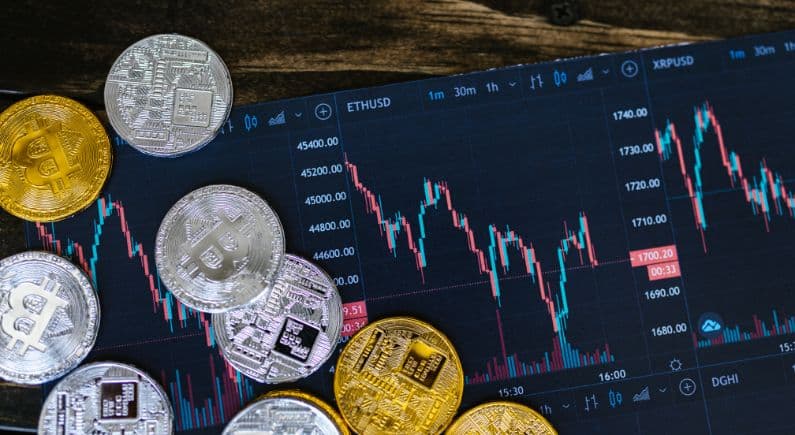Bitcoin Approaches $100K: Analyzing Market Trends And Risks

Earlier this week, Bitcoin (BTC) encountered a significant obstacle at the $100K level, with around $300 million in sell-side liquidity hindering further gains. Bitcoin’s recent price momentum has ignited a heated debate among market analysts. Traders are divided on whether BTC will experience a deeper pullback or surge past the $100K milestone, driven by confident technical indicators and positive market sentiment.
Bitcoin is back in the spotlight, captivating the financial world as it inches closer to the $100K milestone. Following its breakout past the previous all-time high during election week, Bitcoin has maintained its bullish momentum. But as excitement builds, it’s essential to dive deeper into liquidity trends and understand what they mean for the market’s future.
Understanding Bitcoin’s momentum
The $100K mark isn’t just a milestone; it’s a psychological barrier that signifies Bitcoin’s maturity as a global asset. So, what’s fuelling this surge? Strong trading volumes, institutional interest, and broader market optimism are driving BTC forward. But there’s more beneath the surface—liquidity plays a critical role in sustaining such rallies.
According to FalconX’s report, one of the standout features of this rally is the surge in trading activity. Bitcoin’s spot trading volumes recently hit an all-time high, with a seven-day moving average exceeding $40 billion. Even after stabilising at $25–35 billion, these numbers remain 2–3 times higher than pre-election levels.
Spot trading reflects actual ownership of Bitcoin, making it a key metric for long-term market confidence. Futures trading, on the other hand, provides leverage and amplifies price movements, often acting as a double-edged sword. The current rally has seen a balance between these two, with futures nearing their 2021 volume records. Interestingly, altcoins like Ethereum and Solana haven’t kept pace, suggesting Bitcoin’s dominance in this cycle.
Order book depth, a measure of available liquidity at different price levels, has shown mixed signals. In dollar terms, Bitcoin’s depth has expanded thanks to its rising price. However, when measured in native BTC terms, order books have contracted, signalling tighter liquidity conditions. A shallower order book means that even small orders can significantly move prices. In such an environment, news events and market sentiment gain outsized influence, making Bitcoin more volatile.
Liquidity absorption ratio
The liquidity absorption ratio provides insights into how much liquidity the market can handle during rallies. Historically, high ratios have aligned with major upward movements in Bitcoin.
For instance, early 2023 saw Bitcoin recover from the FTX debacle, moving from $15K to $30K. Similarly, the ETF-driven rally between October 2023 and March 2024 pushed BTC from $30K to the $60K range. Today’s trends suggest a similar setup, albeit with heightened risks.
Order book skew measures the imbalance between buy and sell orders. When skew reaches extreme levels, it often precedes pullbacks. Currently, BTC’s skew resembles patterns seen during corrections since 2022, hinting at short-term vulnerabilities.
Risks to Bitcoin’s rally
Bitcoin’s rally is not without risks, facing several hurdles such as macroeconomic uncertainty, where central bank policies and inflation concerns could impact risk assets. Additionally, regulatory challenges may arise as governments impose stricter rules on crypto trading. Lastly, an overreliance on bullish market sentiment can lead to sharp corrections.
Investors should approach this rally with caution. Monitoring liquidity indicators like trading volumes and order book trends can provide valuable insights. Additionally, keeping an eye on institutional moves and macroeconomic developments will be crucial.








